#29: Transforming Animal Health with Actionable Data Intelligence
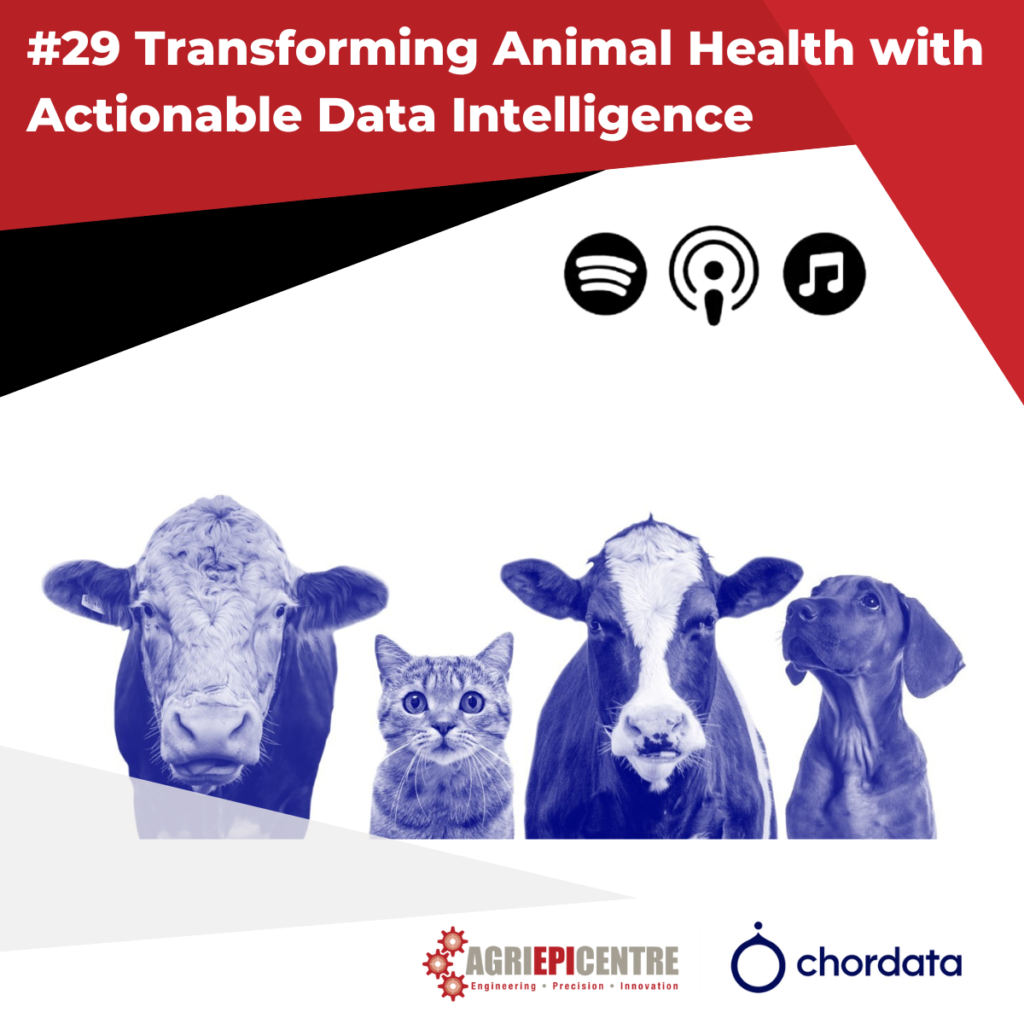
In this episode of Seedling Sessions, Thomas Slattery spoke with John Wisbey, cofounder and CEO, and Peter Curtis, cofounder and CIO of Chordata, an organization founded in 2019 that aims to transform animal health through usable and actionable data intelligence. The company’s founders have a history in the pet sector and saw a lack of information for vets and pet owners to make […]
#28: Robotics in the Field: The CLAWS Robot Project and its Impact on Sustainable Farming
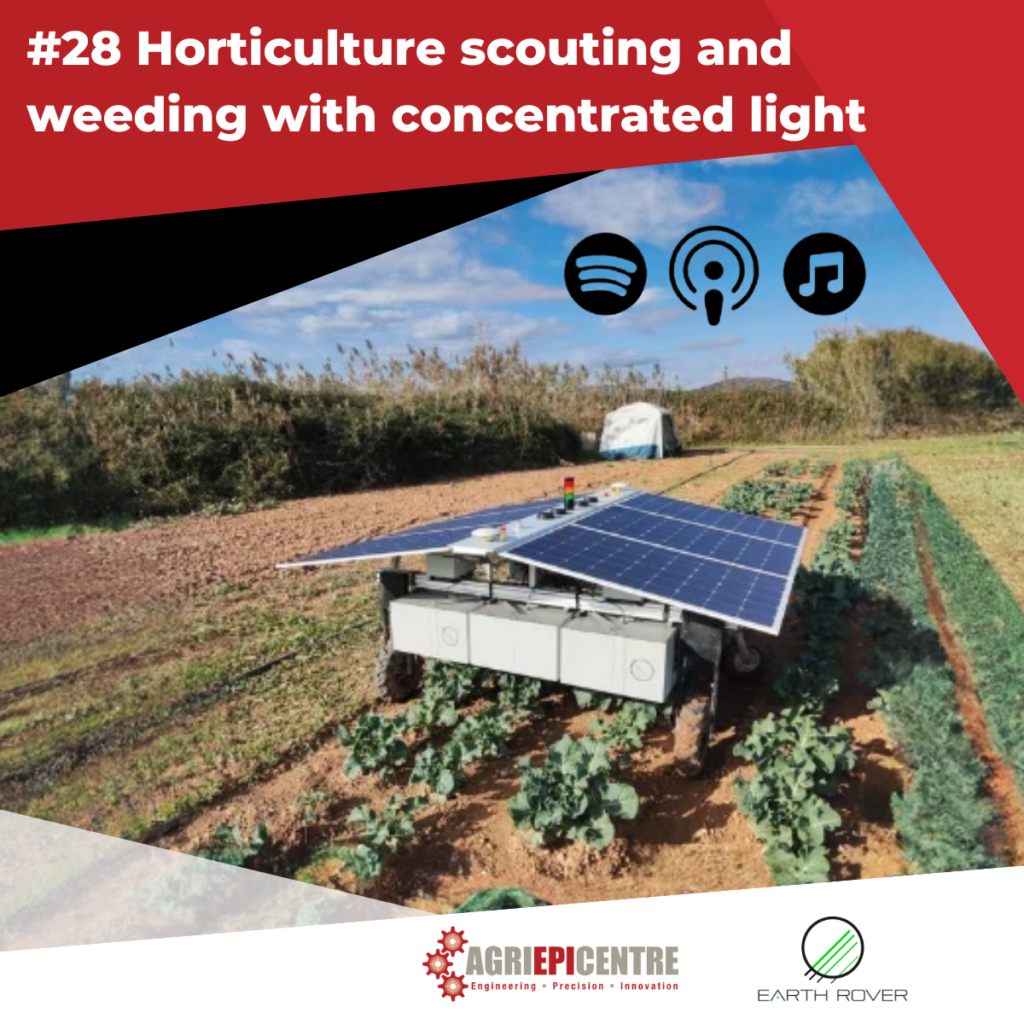
In this episode of Seedling Sessions, Thomas Slattery spoke with James Brown of Polybell Farms and James Miller of Earth Rover to discuss their collaboration on the CLAWS robot project. The CLAWS robot is a concentrated light autonomous weeding robot being developed by Earth Rover and being tested and trialled in collaboration with Polybell Farms. James Miller of Earth Rover began by describing the development process […]
Special interest group discusses agri robotics and automation solutions
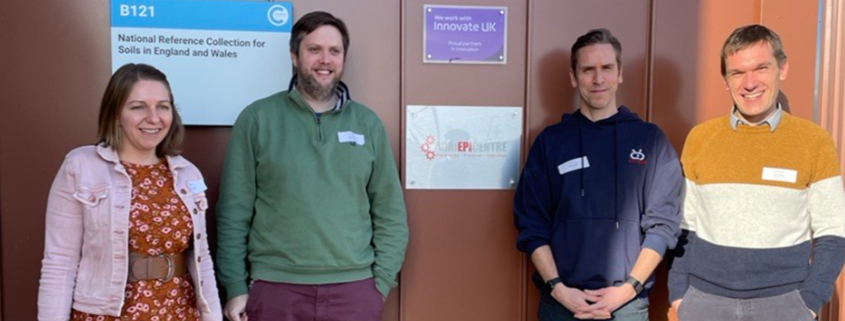
Photo from L-R (Rebecca Lewis, David Rose, Marc Jones, Eliot Dixon) outside the Southern Crop Technology Hub. Agri-EPI hosted a Special interest group focussed on agricultural robotics and automation technologies at their Cranfield Innovation Hub on Tuesday, 18th January. The event brought together farmers, technology developers and academics to discuss the development of robotics and […]
Presenting your agri-tech product
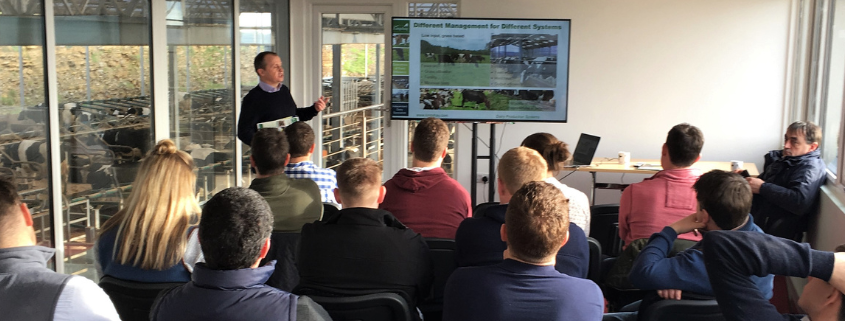
By: Amber Barton, Market Insight & Proposals Lead Agri-EPI Centre helps develop precision tech solutions to empower more sustainable farms. But once the solution has been trialled and tested, how do we communicate the benefits and enable uptake of the tech? Amber Barton provides tips on what’s important when presenting about your agri-tech product. Tip […]
Collaboration essential for successful agri-robotics
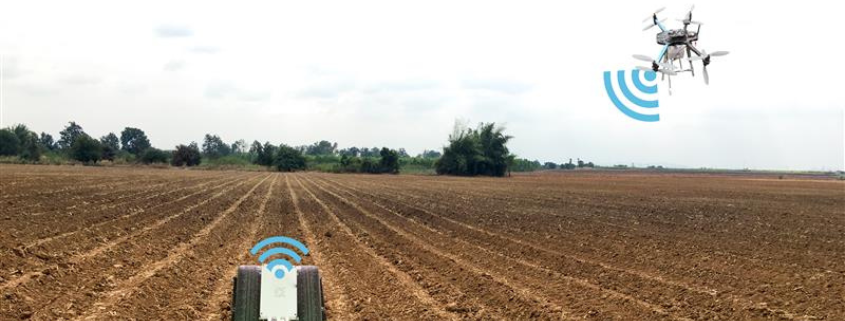
By: Eliot Dixon, Head of Engineering at Agri-EPI Centre Robotics has several strong applications in agriculture, especially in scenarios where systems can enhance the productivity of a shrinking workforce or can offer production efficiencies to the farm. However, to be successful in these applications the systems created need be reliable, in terms of long-term physical […]
